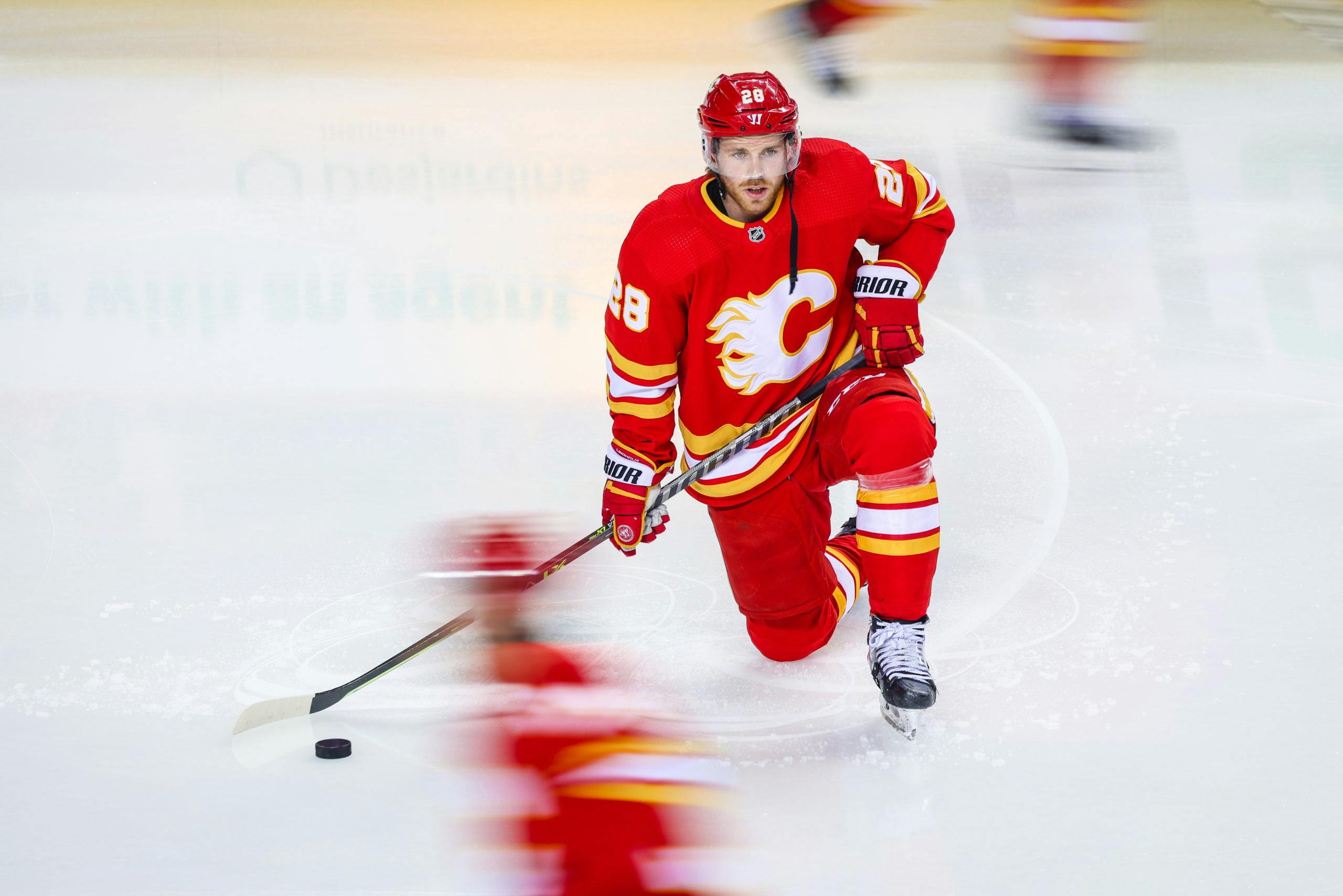Nation Sites
The Nation Network
FlamesNation has no direct affiliation to the Calgary Flames, Calgary Sports and Entertainment, NHL, or NHLPA
The salary cap could be going up (a lot) for the 2024-25 season

Photo credit: Sergei Belski-USA TODAY Sports
Friends, if there’s one thing that all 32 National Hockey League clubs have in common, it’s a concern about cap space. Due to the pandemic-shortened 2019-20 season, the salary cap has been inching up very slowly over the past couple of seasons.
But it seems like the salary cap could be going up – and possibly by a lot – in a couple of seasons.
Bill Daly believes the cap could go up in 2024-25
Speaking with Elliotte Friedman and Jeff Marek as part of the NHL’s media tour in Europe, NHL deputy commissioner Bill Daly suggested that the salary cap could be going up earlier than expected.
I’ve seen some preliminary estimates recently which would make me more optimistic on the cap gong up sooner whether that’s in two seasons or three seasons, I think it’s more likely than not two seasons rather than three.
Is this projection realistic?
Is Daly’s suggestion realistic? In short, yes.
Some quick background: in 2019-20, the NHL regular season ended early but NHL players were paid their full-season salaries, which created an imbalance in the 50/50 revenue split between players and owners which was going to be re-balanced by a combination of escrow holdbacks and keeping the salary cap artificially low until the debt was fully paid off. (The cap has been going up by just $1 million per season during this period.)
The Athletic’s Sean Shapiro reported that the players’ escrow debt was “close to $1 billion” prior to the 2021-22 season. Let’s do some quick math and operate under the assumption that (a) every team spends to the cap and (b) every contract is entirely salary and subject to escrow. (Neither is true, but this is just for illustrative purposes.)
- With hockey-related revenue (HRR) estimated at $5.3 billion in 2021-22, the lag in cap growth would take about $42 million off the debt while escrow would take off another $448 million.
- If HRR increases just 1% year-over-year, 2022-23 sees another $300 million reduction in debt while 2023-24 sees another $190 million. If the league’s revenue growth is more robust than that, the debt’s fully paid off before 2024-25.
Even with a significant portion of NHL deals being paid as bonuses, it seems probable that the escrow debt could be paid off in another two seasons and the cap could start going up again in 2024-25.
So how much could the cap go up?
We used ESPN’s attendance figures to look at one thing: what happens if NHL attendance returns to pre-pandemic (2018-19) levels and Seattle simply keeps last season’s crowds? If that happens, the attendance increase alone would bump HRR up by $375 million between tickets and other attendance-related revenues. If there’s no other revenue growth from 2021-22 levels, the cap would go up to about $88.7 million once the escrow debt is fully paid off.
That said, based on what the NHL is saying about growth in revenue streams, our expectation is there’s going to be sufficient growth in other areas of the NHL’s business that the cap will probably go up more than that when it jumps up again in 2024-25. We’ll decline to estimate further since it would be blind speculation, but it seems likely that it’ll be a fairly sizable jump.
And just in time for the Calgary Flames to negotiate new contracts with a few players, most notable Elias Lindholm and Noah Hanifin.
More from FlamesNation
Breaking News
- Flames Prospect Roundup: How the standings shape up entering the holiday break
- NHL Notebook: Sidney Crosby takes sole possession of most points in Penguins’ franchise history
- FlamesNation Mailbag: Waiting for Santa with reader questions
- Flames injury news: positive signs for Martin Pospisil
- Recap: Martin Frk leads Wranglers to memorable Winter Wranglerfest win in more ways than one
